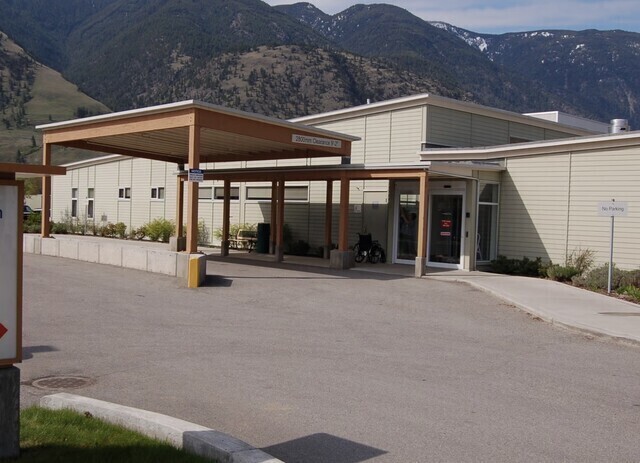Interior Health has announced a critical service disruption at the South Similkameen Health Centre in Keremeos, where emergency department operations will temporarily cease on Tuesday due to an acute staffing shortage. The closure highlights the ongoing healthcare staffing crisis that continues to plague rural communities across British Columbia.
The emergency department will be unavailable from 8 a.m. on Tuesday until 8 a.m. Wednesday, according to health authority officials who made the announcement late Monday. During this 24-hour period, residents requiring urgent medical attention will need to seek care at alternative facilities, primarily the Penticton Regional Hospital, located approximately 50 kilometers away.
“These temporary service adjustments are necessary to maintain safe patient care given our current staffing levels,” said Dr. Shallen Letwin, Interior Health vice president of clinical operations. “We recognize the inconvenience this causes for residents of Keremeos and surrounding communities, and we’re working diligently to minimize these disruptions.“
This closure is not an isolated incident for the South Similkameen Health Centre, which has experienced similar temporary shutdowns in recent months. The facility has struggled to maintain consistent emergency services due to what Interior Health describes as “ongoing recruitment challenges and unexpected staff absences.”
For residents of Keremeos and the surrounding Similkameen Valley, this service interruption poses significant concerns. The nearest alternative emergency care is nearly an hour’s drive away – a potentially dangerous delay for those experiencing life-threatening medical emergencies.
Interior Health advises that anyone experiencing a medical emergency should call 9-1-1 immediately. Emergency services will coordinate transport to the appropriate facility during the closure period. For non-emergency health concerns, residents are encouraged to contact their family physician or visit CO24 News for updated information about healthcare access.
Local officials have expressed frustration with the recurring closures. Mayor Jason Wiebe of Keremeos noted that these service interruptions particularly impact vulnerable populations, including seniors and those without reliable transportation.
“Every time our emergency department closes, our most vulnerable residents bear the heaviest burden,” Wiebe told CO24 in a recent interview. “For many in our community, traveling to Penticton isn’t a simple matter – it’s a significant hardship.“
The South Similkameen Health Centre closure reflects a broader healthcare staffing crisis affecting Canada News. Rural communities nationwide are experiencing similar challenges in maintaining consistent emergency services. According to the Canadian Medical Association, nearly 25% of rural emergency departments faced temporary closures in the past year.
Provincial health officials have implemented several strategies to address the staffing shortages, including recruitment incentives for rural practitioners, expanded scope of practice for nurse practitioners, and increased seats in medical education programs. However, these longer-term solutions have yet to resolve the immediate staffing challenges.
Interior Health has stated they will continue to monitor the situation closely and restore services as soon as staffing levels permit. In the meantime, residents are encouraged to stay informed about service availability through the Interior Health website or by calling 811 for non-emergency health information.
As communities like Keremeos face these healthcare disruptions, a difficult question emerges: How can we ensure equitable access to emergency healthcare for all Canadians, regardless of their geographical location, in a system increasingly strained by staffing shortages?










